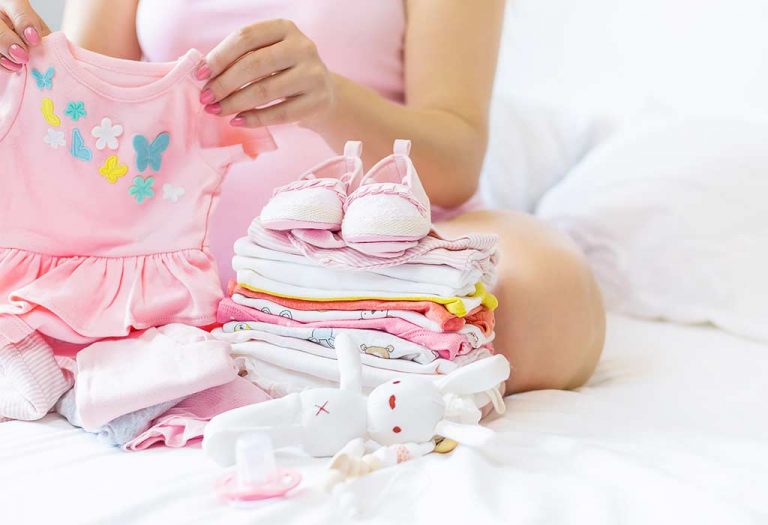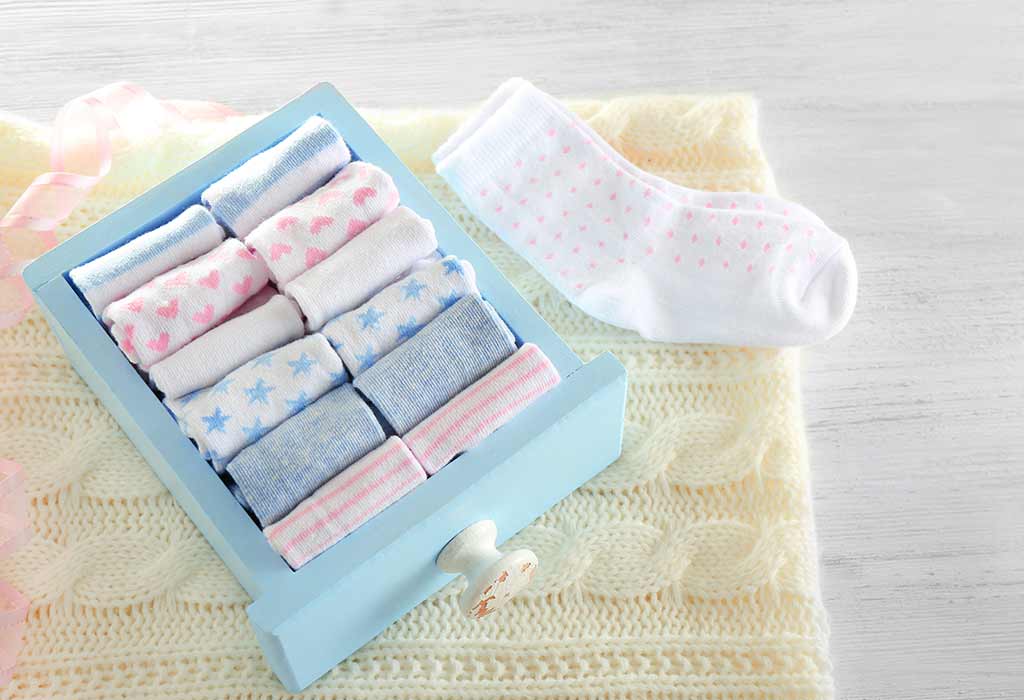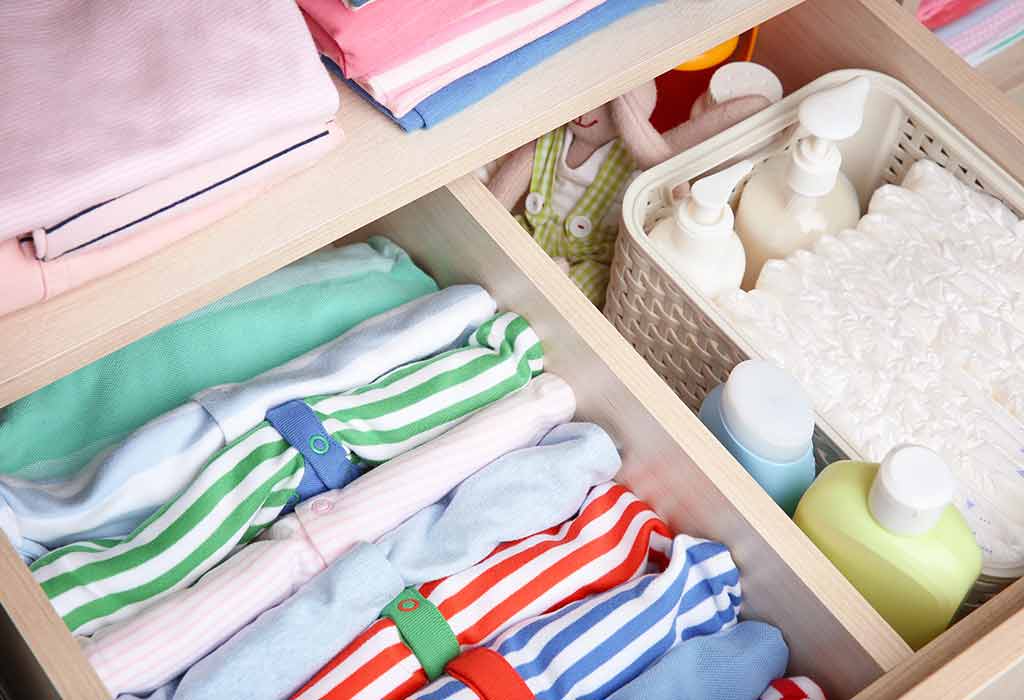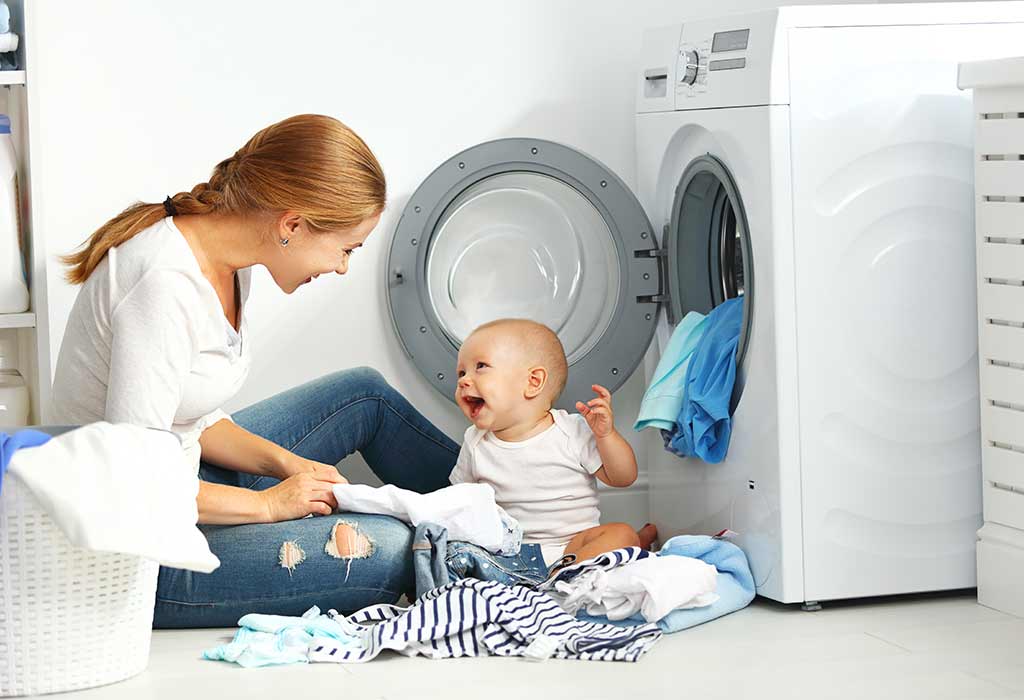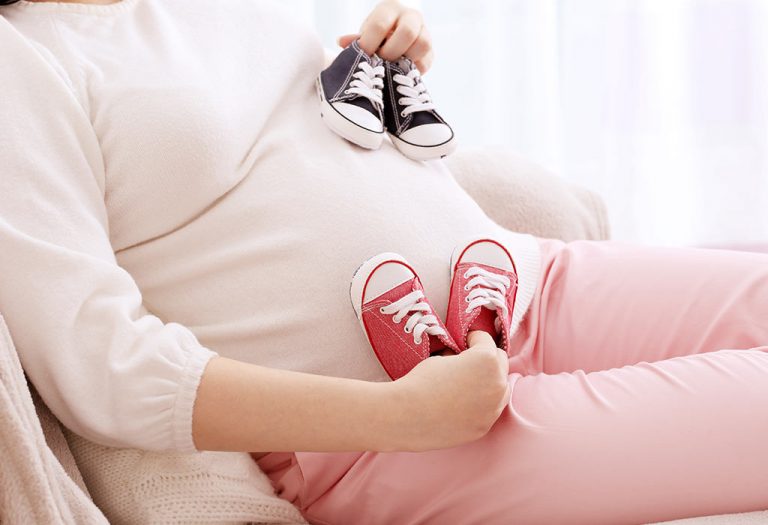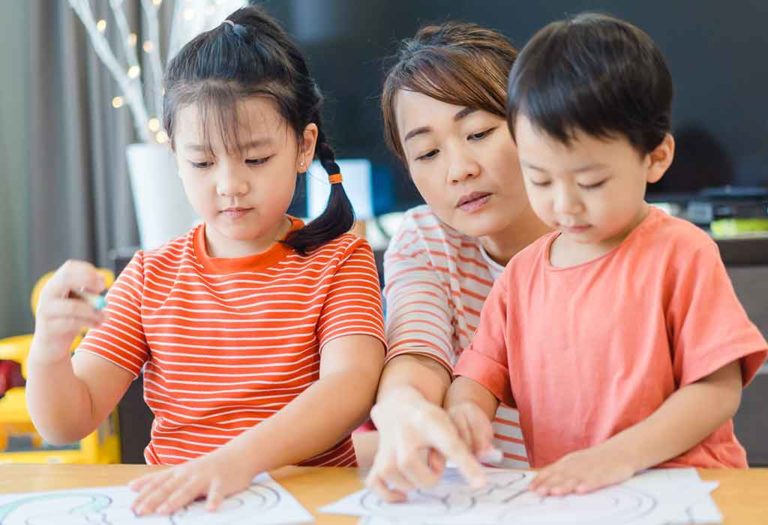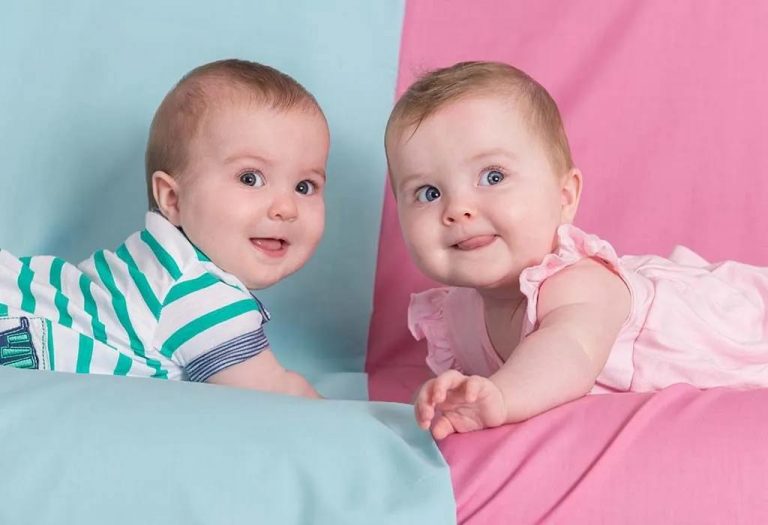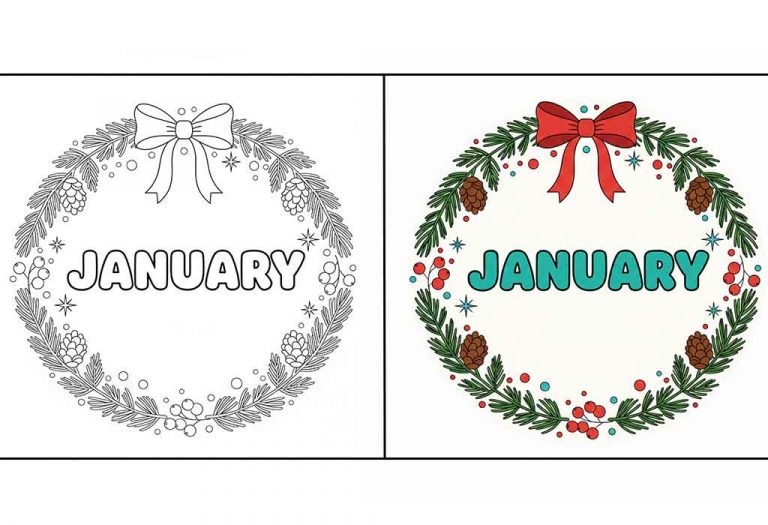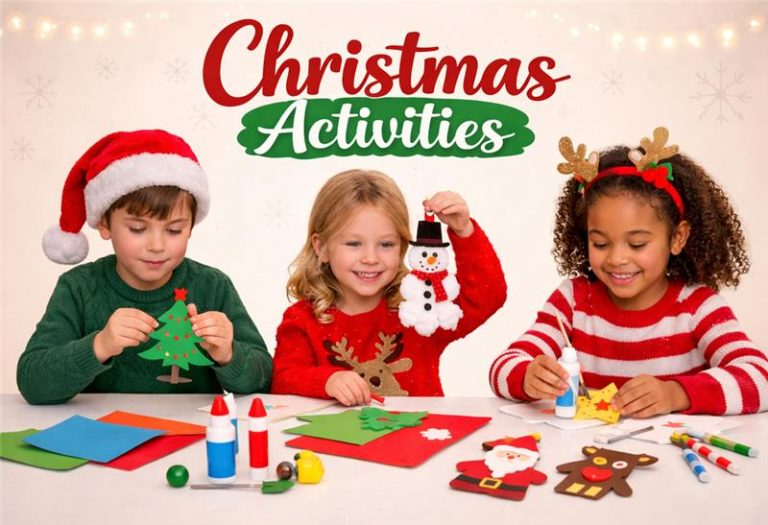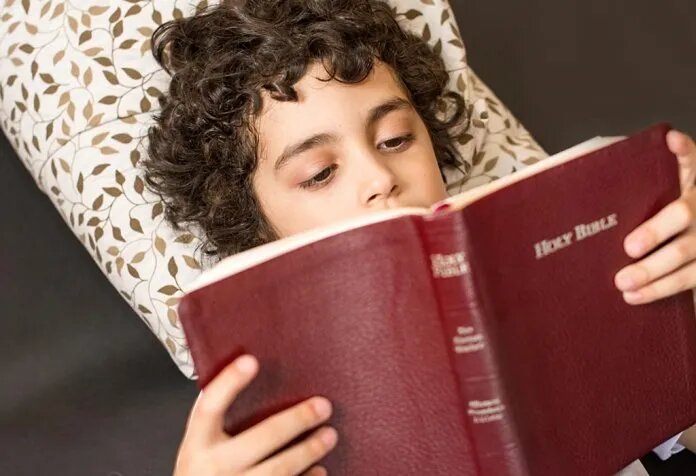How to Fold Baby Clothes: Quick and Easy Tips
Folding baby clothes can often feel like an endless task. Although your baby’s teeny weeny socks, bodysuits, and mini trousers melt everyone’s hearts, keeping everything organised and in their places can be quite a task for new parents and even seasoned ones. Knowing how to fold baby clothes effectively can save time, space, and, of course, sanity. The organisation of baby clothes keep your baby’s wardrobe neat, accessible, and aesthetic, making those busy mornings just a little bit smoother and saner for parents. Without wasting any further time, let’s quickly get to learn some quick and easy tips on how to fold baby clothes, ensuring your cutie patootie’s nursery remains tidy and clutter-free.
Why Is It Important to Fold Baby Clothes?
Knowing how to fold baby outfits together is crucial for keeping your nursery organised and efficient. Properly folded clothes save space as well as protect the delicate fabrics from unnecessary wear and tear. Plus, a neatly arranged wardrobe makes it easier to find and access clothes, reducing stress and giving more time for parents to bond with the baby.
Folding Techniques for Baby Clothes
Learning the best way to fold baby clothes can significantly streamline your daily routine and keep your baby’s wardrobe in pristine condition. We recommend trying these two effective folding techniques to help you stay organised and save space and continue with the one that suits you the most.
1. The KonMari Method
The KonMari method is renowned for its space-saving efficiency and simplicity, making it an excellent choice for baby clothes.
Steps:
- Start by laying the item flat on a clean surface.
- Fold each side of the garment towards the centre, creating a rectangular shape.
- Depending on the size of the item, fold it in half or thirds. The goal is to have the item stand upright on its own.
- Place the folded garment vertically in a drawer or storage box. This not only saves space but also makes it easy to see all items at a glance.
2. The Rolling Method
The rolling method is another excellent technique, particularly for maximising drawer space and keeping clothes wrinkle-free.
Steps:
- Lay the garment flat and smooth out any wrinkles.
- For tops, fold the sleeves inward to create a straight edge.
- Start rolling tightly from the bottom, ensuring a compact roll.
- Place the rolled items in rows within the drawer, allowing you to see and access each piece easily.
By using these methods, you can find the best way to fold baby clothes that work for your space and needs, keeping everything tidy and within reach.
How to Fold Newborn Clothes?
Folding baby clothes, particularly newborns’, can seem like a humungous task due to their tiny size and sensitive fabrics. Proper folding ensures these little garments remain in good condition and are easy to access. Here are six straightforward steps to help you become skilled at folding baby clothes for your newborn.
1. Lay the Garment Flat
Start by laying the baby garment flat on a clean, smooth surface. This step is essential to eliminate any wrinkles and make the folding process easier.
2. Smooth Out Wrinkles
Gently smooth out any wrinkles or creases. This ensures the clothes stay neat and makes them easier to store.
3. Fold the Sleeves Inward
For onesies, tops, or dresses, fold the sleeves inward towards the centre of the garment. This creates a rectangular shape, which is easier to fold and store.
4. Fold in Half
Fold the garment in half from top to bottom. This reduces the overall size and helps you keep everything compact.
5. Fold in Thirds
Depending on the size of the item, fold it into thirds. For smaller items, fold clothes in thirds to keep them stand upright, making storage more efficient.
6. Store Vertically
Place the folded clothes vertically in a drawer or storage box. This method saves space and allows you to see all the items at a glance, making it easy to find what you need quickly.
How You Can Store Folded Baby Clothes
What’s the point of learning about folding baby clothes perfectly when you don’t know to store them neatly? After simplifying the technique of folding baby clothes, the next step is to store them efficiently. Proper storage keeps the clothes neat, accessible, and efficient for the long run. Here are a few methods to help you store those perfectly folded baby clothes.
1. Use Drawer Organisers
Drawer organisers are perfect for keeping baby clothes compartmentalised and easy to access. Use different compartments for onesies, socks, hats, and trousers. This way, you can quickly find what you need without rummaging through piles of clothes. Make sure to place folded clothes vertically in the organiser. This method saves space and makes it easier to see all the items at a glance.
2. Storage Baskets and Bins
Baskets and bins can be stylish and practical solutions for storing baby clothes, particularly items like bibs, mittens, and socks. Use small bins for different types of clothing. Label them clearly so you can easily grab what you need.
Keep frequently used items in bins that are easily accessible. Rotate seasonal clothes to the back or bottom to keep the current wardrobe at the forefront.
3. Hanging Closet Organisers
For those who prefer using a closet, hanging organisers can be a great option. These organisers often come with multiple compartments, perfect for storing different types of folded baby clothes. With easy hand access, you can hang them at a height that’s easy for you to reach and grab items quickly whenever you are in a hurry.
Simple Hacks for Folding Baby Clothes
Folding baby clothes doesn’t have to be a daunting task. With a few simple hacks, you can make the process quick and efficient. Try these practical tips to help you simplify the technique of folding baby clothes and maintaining a tidy nursery.
1. Use the Envelope Fold for Onesies
The “envelope fold” is a great way to keep onesies compact and neat. All you have to do is place the onesie face down and fold each side towards the middle, including the sleeves. Now, fold the bottom part up to the middle and then fold the top down to cover the bottom fold.
2. Roll Tiny Socks Together
Socks can easily get lost, but rolling them together keeps them paired and organised. Start by placing one sock on top of the other and rolling it from the toes to the cuff. Tuck the rolled pair into the cuff of one sock.
3. Fold Trousers in Thirds
Keeping trousers folded neatly can save space and make them easy to grab. Place the trousers flat with the legs together. Now, fold the trousers in half lengthwise and then fold the trousers in thirds from the bottom to the top.
4. Use the File Fold Method for Bodysuits
The “file fold method” is perfect for bodysuits, allowing you to store them vertically. All you have to do is place the bodysuit flat with the front facing up and fold each side towards the centre. Now, fold the bottom part up to the middle and then fold the garment in half, creating a compact rectangle.
5. Keep Hats and Mittens Together
Tiny accessories like hats and mittens can easily get lost. First, match hats and mittens together. Fold mittens inside the hat or pair them up neatly in a line. You can use small bins or boxes to keep the paired items together.
6. Label Your Drawers
Labelling drawers can save time and keep everything organised. Start by grouping similar items together in drawers. Use clear labels for each drawer, indicating the type of clothing inside. Now, stick the labels on the outside of each drawer for easy identification.
Tips While Folding Clothes for Baby
Folding baby clothes can seem like a daunting task, but with a few helpful tips, it can become a quick and efficient process. Keeping these tips in mind will ensure that your baby’s clothes remain organised and in great condition.
1. Sort by Size and Type
Sorting clothes before folding can make a huge difference in keeping everything organised. When grouping by size, separate clothes into piles based on size. Similarly, when grouping by type, Sort clothes into categories such as onesies, trousers, socks, and mittens. This simplifies the folding process and keeps similar items together.
2. Handle With Care
Baby clothes are often made from delicate fabrics that require gentle handling. Before folding, gently smooth out any wrinkles to prevent creases. To maintain the appearance, fold the clothes and avoid hash creases.
3. Use Baby-Friendly Detergents
Baby’s skin is extremely delicate and gentle, and their clothes need mild, baby-friendly detergents free from any harsh chemicals and fragrances so they don’t harm the baby’s skin. You should also avoid fabric softeners as they can irritate your little one’s skin. Instead, opt for natural alternatives like white vinegar.
4. Keep a Folding Routine
Having a routine can make the task of folding baby clothes much more manageable. Set aside a specific time each day or week for folding baby clothes. You can also dedicate a space for folding clothes, such as a corner of your nursery or laundry room with all the essentials for folding clothes.
FAQs
1. What is the best way to fold infant clothes to save space?
The best way to fold infant clothes to save space is to use the rolling method or the KonMari method. Both methods help you store clothes compactly and organised.
2. How can I keep baby socks from getting lost?
To prevent your baby’s socks from getting lost, pair them together, roll them up, and then tuck them into the cuff of one sock to keep them secure.
3. How do I fold baby clothes to prevent wrinkles?
To prevent wrinkles while folding baby clothes, smooth out any creases before folding and use gentle, precise folds. Storing clothes vertically also helps maintain their shape.
4. Are there specific folding techniques for different types of baby clothes?
Yes, different types of baby clothes may require specific folding techniques. For example, onesies can be folded using the envelope fold, while trousers can be folded in thirds to keep them compact and neat. Knowing how to fold infant clothes properly can make a big difference in keeping everything organised.
Learning how to fold baby clothes efficiently can make a significant difference in maintaining an organised and tidy nursery. By using techniques like the KonMari method and rolling, you can save space and keep your baby’s wardrobe easily accessible. Similarly, proper storage solutions like drawer organisers and labelled bins can improve the organisation process. With these strategies, we are assured you can turn the task of folding baby clothes into a quick and manageable routine, making your daily life smoother and more enjoyable.
Also Read:
Newborn Clothes You Need
How To Wash Baby Clothes
Choosing and Buying Clothes for Baby
Was This Article Helpful?
Parenting is a huge responsibility, for you as a caregiver, but also for us as a parenting content platform. We understand that and take our responsibility of creating credible content seriously. FirstCry Parenting articles are written and published only after extensive research using factually sound references to deliver quality content that is accurate, validated by experts, and completely reliable. To understand how we go about creating content that is credible, read our editorial policy here.





